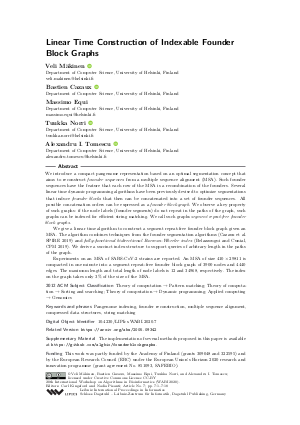LIPIcs.WABI.2020.7.pdf
- Filesize: 0.72 MB
- 18 pages

 Creative Commons Attribution 3.0 Unported license
Creative Commons Attribution 3.0 Unported license




















Feedback for Dagstuhl Publishing